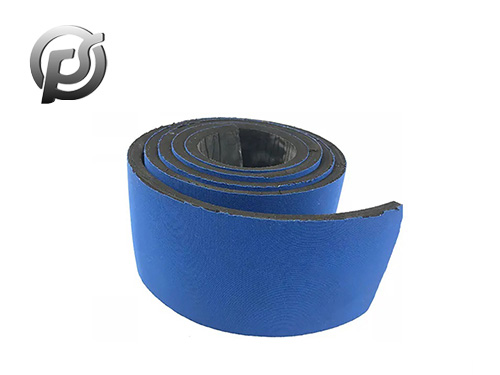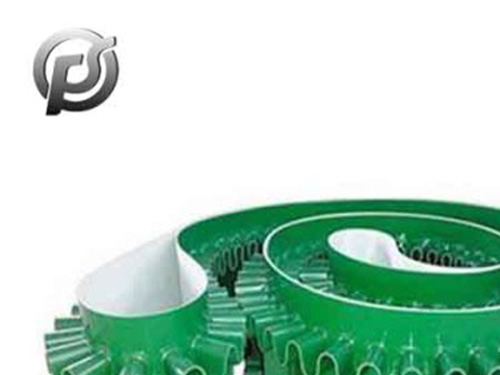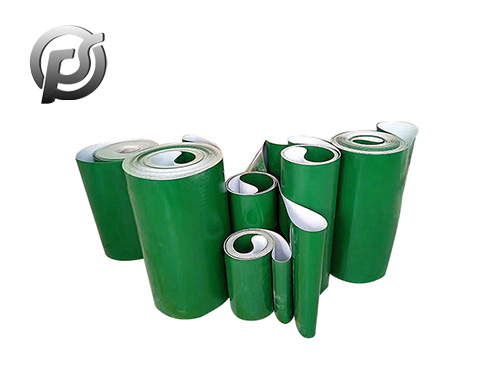PE (Polyethylene) conveyor belts are a type of lightweight and durable conveyor belt commonly used in various industries for material handling and transportation purposes. These belts are made from high-density polyethylene (HDPE) or low-density polyethylene (LDPE) materials, offering a range of benefits and applications across different sectors.
One of the key advantages of
PE conveyor belts is their excellent resistance to abrasion, chemicals, and moisture. This makes them suitable for use in industries such as food processing, agriculture, packaging, and manufacturing, where materials may come into contact with oils, greases, acids, or water during the conveying process. The non-absorbent nature of polyethylene also contributes to easy cleaning and maintenance of the belts.
PE conveyor belts are known for their flexibility and low friction, allowing for smooth and efficient material movement. They can withstand a wide range of temperatures, making them suitable for both indoor and outdoor applications. Additionally, these belts are lightweight, which reduces energy consumption and contributes to cost savings in conveyor systems.
In the food industry, PE conveyor belts are often used for conveying packaged goods, fruits, vegetables, and other food products. Their hygienic properties, resistance to contamination, and ease of cleaning make them compliant with food safety standards. Similarly, in the agricultural sector, PE belts are utilized in grain handling, seed processing, and bulk material transportation due to their reliability and durability.
Another application of PE conveyor belts is in the packaging industry, where they are employed for conveying boxes, cartons, bottles, and other packaged goods during the production and distribution process. The smooth surface of these belts minimizes product damage and ensures efficient handling of fragile items.
When considering PE conveyor belts for specific applications, factors such as belt width, thickness, surface texture (smooth or textured), and belt reinforcement (if required) should be taken into account. Additionally, the choice of belt joining method (e.g., mechanical fasteners, hot vulcanization) plays a crucial role in ensuring belt strength and longevity.
In conclusion, PE conveyor belts offer numerous advantages such as chemical resistance, flexibility, low friction, and ease of maintenance, making them suitable for diverse material handling applications across industries. Understanding the specific requirements of each application and selecting the appropriate belt type and configuration are essential for maximizing the performance and efficiency of conveyor systems.
 PE Conveyor Belts: Characteristics, Applications, and Advantages
PE Conveyor Belts: Characteristics, Applications, and Advantages
 Stone Conveyor Belt: Enhancing Efficiency and Productivity in Material Handling
Stone Conveyor Belt: Enhancing Efficiency and Productivity in Material Handling
 Optimizing Operations with PE Conveyor Belts: Durability, Efficiency, and Versatility
Optimizing Operations with PE Conveyor Belts: Durability, Efficiency, and Versatility